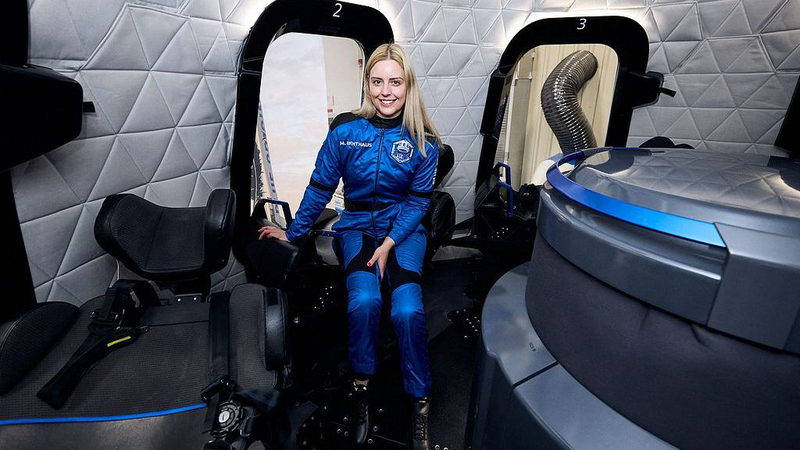In a groundbreaking move, the Chinese mainland released its first National Medium- and Long-Term Development Plan for Space Science (2024-2050) on Tuesday. This comprehensive blueprint outlines the basic principles, development goals, and a detailed roadmap for China's space science exploration over the next three decades.
Collaboratively developed by the Chinese Academy of Sciences, China National Space Administration, and China Manned Space Agency, the plan identifies five major scientific themes and 17 priority areas poised to drive future breakthroughs:
- Extreme Universe – Aiming to explore the origin and evolution of the universe, this theme focuses on uncovering the physical laws under extreme cosmic conditions. Key areas include dark matter research, the origin and evolution of the universe, and the detection of baryonic matter.
- Space-Time Ripples – Dedicated to detecting low-frequency and primordial gravitational waves, this theme seeks to unravel the mysteries of gravity and space-time, with a priority on space-based gravitational wave detection.
- Panorama of the Earth and Sun – This theme focuses on studying the Earth, the sun, and the heliosphere. It aims to reveal the complexities of the sun-Earth system and the physical processes connecting the sun to the solar system, including Earth circulation systems, comprehensive Earth-moon observation, space weather detection, and solar exploration.
- Habitable Planets – Focused on assessing the habitability of solar system bodies and exoplanets, this theme includes the search for extraterrestrial life, sustainable development studies, solar system archaeology, and planetary layer characterization.
- Biological and Physical Space Science – This theme explores the laws governing matter movement and life activities in space, deepening our understanding of fundamental physics such as quantum mechanics and general relativity. Key areas include microgravity science, quantum mechanics, general relativity, and space life sciences.
The plan is structured into three developmental stages leading up to 2050:
- 2024-2027: Focus on maintaining the operation of China's space station, conducting manned lunar exploration, and initiating the fourth phase of the lunar exploration project alongside planetary exploration missions. This stage also involves validating five to eight space science satellite missions, aiming for original achievements with significant international impact.
- 2028-2035: Continuation of space station operations and scientific missions, including the establishment of an international lunar scientific research station. Approximately 15 space science satellite missions will be implemented, striving for world-leading original achievements.
- 2036-2050: Ambitious expansion with over 30 space science missions, targeting significant advancements in key areas to reach world-leading status.
Leveraging spacecraft as primary research platforms, China's space science initiatives will delve into natural phenomena and their underlying laws, encompassing physical, chemical, and biological processes in various space environments. The plan addresses some of the most profound scientific questions of our time, including the nature of dark matter and dark energy, the origins of the universe, the potential for extraterrestrial life, the evolution of the solar system and its planets, and the intricate connections between the sun and Earth.
Reference(s):
China releases first national plan for space science development
cgtn.com




